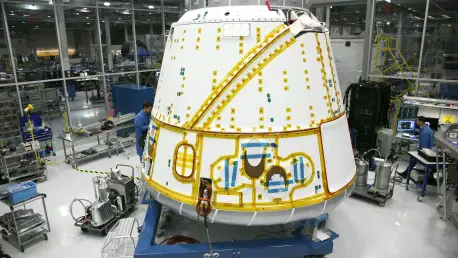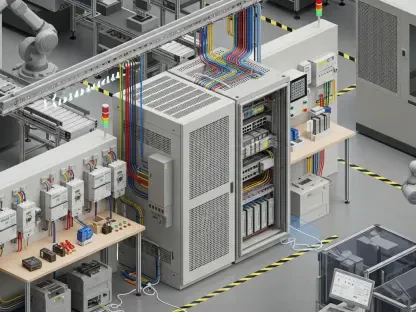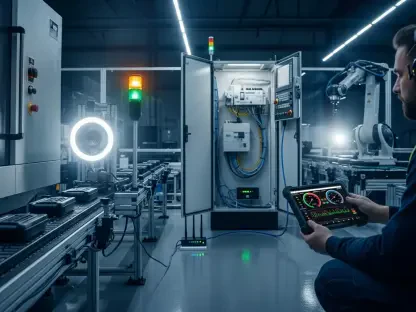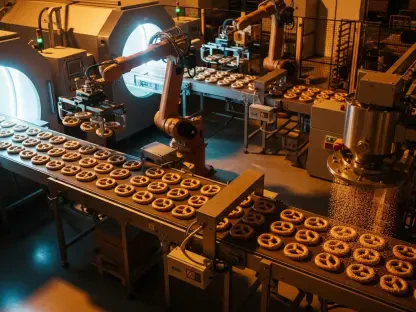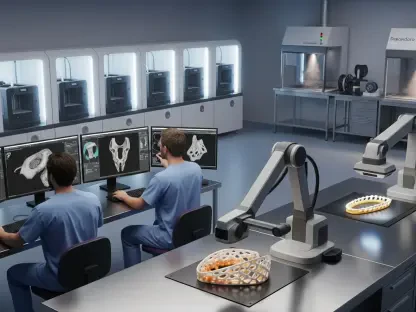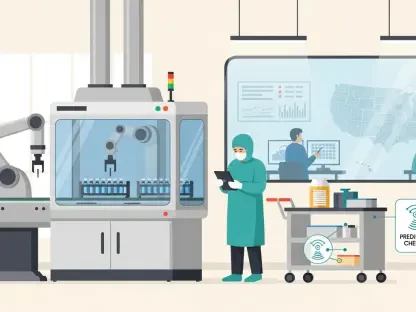In an era where the speed of technological advancement is both exhilarating and daunting, Thrustworks is setting a new standard in the high-stakes world of space and defense manufacturing. High stakes, yes, because the industries demand designs that not only innovate but also withstand severe environments and unexpected exigencies. With Thrustworks’ latest facility launch, the question reverberates: could this be the tipping point for these sectors?
Changing the Game: Thrustworks’ Strategic Leap
The significance of advanced manufacturing technologies in space and defense realms cannot be overstated. These industries face rigorous challenges: heightened demands for efficiency, precision under pressure, and sustainability under scrutiny. The recent launch of Thrustworks’ additive manufacturing facility in Mönchengladbach marks a pivotal moment. At the heart of this facility lies 3D printing technology, which promises streamlined production processes and elevated design capabilities. It is a step seemingly tailor-made for bridging gaps between current market demands and environmental considerations.
Thrustworks’ Innovative Surges
When one examines Thrustworks’ new AM facility in Mönchengladbach, it becomes clear why the company garners attention in industrial circles. Through strategic maneuvers, Thrustworks enhances its footprint with cutting-edge technologies, enabling the crafting of components that meet the voracious appetite for innovation in space and defense. Examples are plentiful: certain components that previously required extensive production time now emerge with greater speed and intricacy. The fusion of 3D printing with conventional approaches exemplifies this leap in efficiency and design flexibility.
Insights from the Vanguard
Industry leaders have cast an optimistic gaze on Thrustworks’ ambitions. “What Thrustworks accomplishes today will ripple through the industry,” noted a reputable source in aerospace manufacturing. The endorsement resonates with research findings that cite gains in production timelines and product adaptability as key benefits of Thrustworks’ investments. Anecdotal accounts from professionals working alongside these technologies highlight transformations that were once mere conjecture but now stand as testament to the efficacy of advanced manufacturing solutions.
Paths Forward for Industry Adoption
The pathway for integrating advanced manufacturing technologies in business models necessitates clearer strategies. These innovations hold implications not only for competitive advantage but also for operational effectiveness. Companies in space and defense sectors stand at the threshold of adopting Thrustworks’ methodologies; they can begin by exploring practical steps: investing in skill development, embracing a culture of flexibility, and delineating roadmaps for technology implementation. The alignment of traditional practices with futuristic approaches presents an opportunity for entities willing to traverse this new landscape.
Thrustworks’ actions have already begun to mold sector perceptions, sparking dialogues and strategies for future endeavors. If industry players take heed of the direction paved by Thrustworks, prospects may well shift from speculative to tangible, heralding a new era of manufacturing excellence in space and defense arenas.
